Chemistry is full of colorful reactions and transformations - with this it made an indelible impression on many people. Someone is carried away and devotes their further life to her, someone thinks about the possible benefits. Multicolored solutions are more likely from the field of complex chemistry, but what about nanoparticles? How can they surprise what their external splendor is? Meet the structural color!

The structural color is not created due to the individual properties of the substance, as is the case with pigments. Pigments are made up of molecules that absorb a certain part of the spectrum, respectively, the reflected rays have a color. The color created by the structure is another matter. The dimensions of the structures should be less than the light wavelength, which for the visible region is in the range of 200-600 nanometers. In this case, as physics says, light, when interacting with a material, exhibits wave properties. Nanostructures shape the reflected light wave, cutting out and muffling some waves (colors) and leaving others. By the way, the 1908 Nobel Prizewas awarded to physicist Gabriel Lippmann "For the creation of a method of photographic reproduction of colors based on the phenomenon of interference." Lippmann mentioned that in his method the color really arises due to interference in the photographic plate without the participation of any dyes: he moistened the emulsion, the gelatin swells and the distance between the spots in the interference pattern changed, the colors disappeared. But as soon as the gelatin dries up, the interference patterns recovered, and the image regained color.
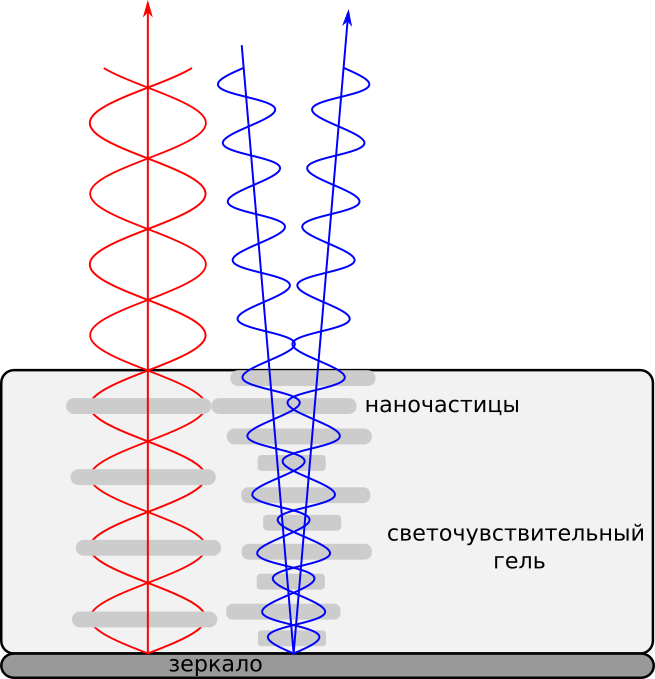
, . ( ), , . , . , , , .
, True Color, 24 , . : 405 . - , , 460 ( ). ? , - (), , . - . ? , .
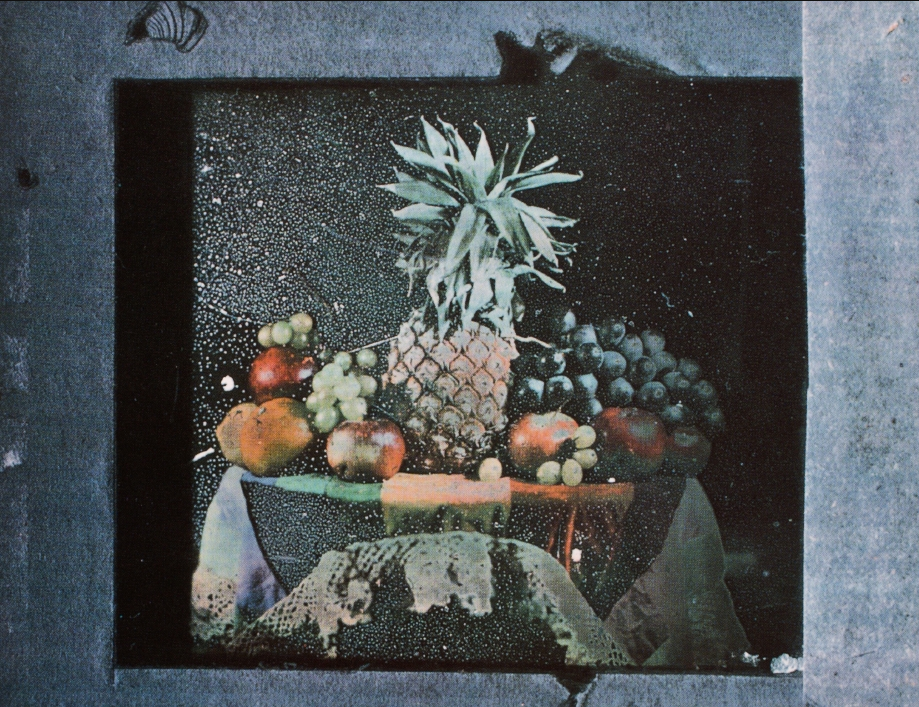
, - . - , , . , - , , . - -: , . .
, , . - . , . . - . , . , , , . - . , , - - .
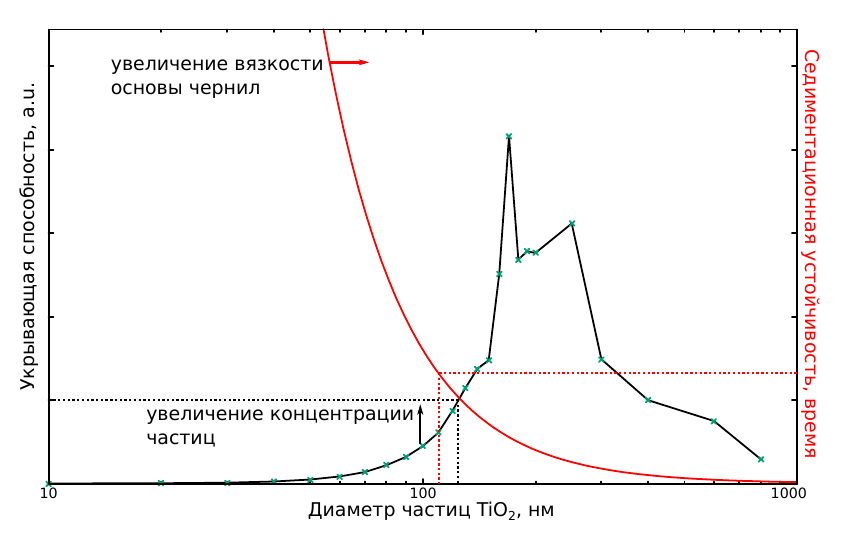
. . Mie Theory Calculator. . ( ) :
- , l, - g, , d - . d~100 .
, -. .

, . , 1.5 , , . - , ? , Julia.
Julia:
pkg> add https://github.com/dronir/MieScatter.jl
using MieScatter
const nm = 0.001
const nλ = 1000
particle_area = π*(1.0nm)^2
x = size_parameter(1.0nm, 400nm)
S, Qsca, Qext, Qback = compute_mie(x, 2.0, [0.0])
σ_sc_mie = Qsca*particle_area
Qsca_rayleigh(λ, α, m) = 2/3π*λ^2*α^6*((m^2 - 1)/(m^2 + 2))^2
σ_sc_ray = Qsca_rayleigh(400nm, x, 2.0)
, - .
using MieScatter
#
# https://refractiveindex.info/
ref_indx_core(λ) = sqrt(1 + 1.4435λ^2/(λ^2 - 0.020216))
ref_indx_medium(λ) = sqrt(1.46659 + 0.293555*λ^2/(λ^2-0.0155008)) # 1.3378
const nm = 0.001
const nλ = 1000
const r_NP = 1500nm/2
λs0 = LinRange(250nm, 1000nm, nλ)
λs = λs0 ./ ref_indx_medium.(λs0)
xs = size_parameter.(r_NP, λs)
Qexts = zeros(nλ)
for i=1:nλ
n_rel = ref_indx_core(λs0[i])/ref_indx_medium(λs0[i])
S, Qscas, Qexts[i], Qback = compute_mie(xs[i], n_rel, [0.0])
end
using Printf
for i=1:nλ
Printf.@printf("%f %f\n",λs0[i]/nm, Qexts[i])
end
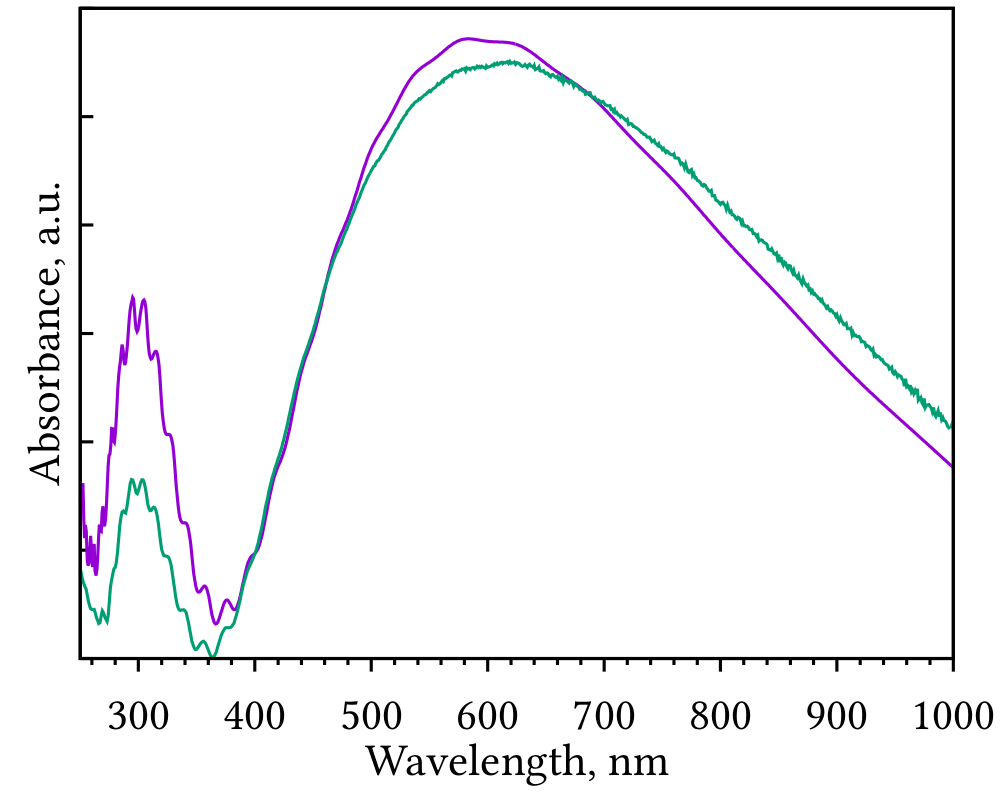
. — , — .
+
, . . , 1-3 . , , (Cranberry glass or 'Gold Ruby'). , , . .
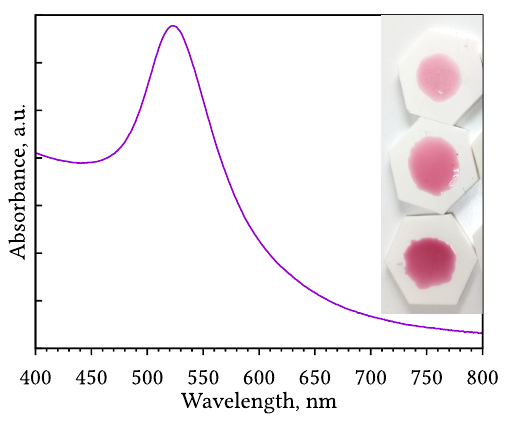
? . , , , .
, .
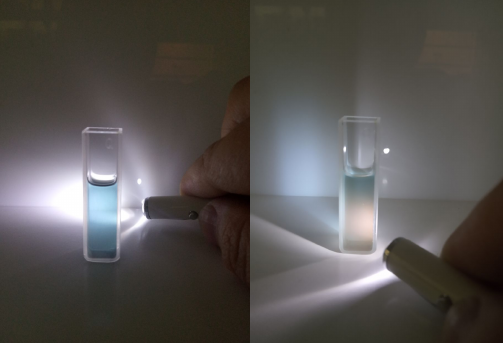
- , - , ! .

, , , . , ! , - Kate Nichols. : )
